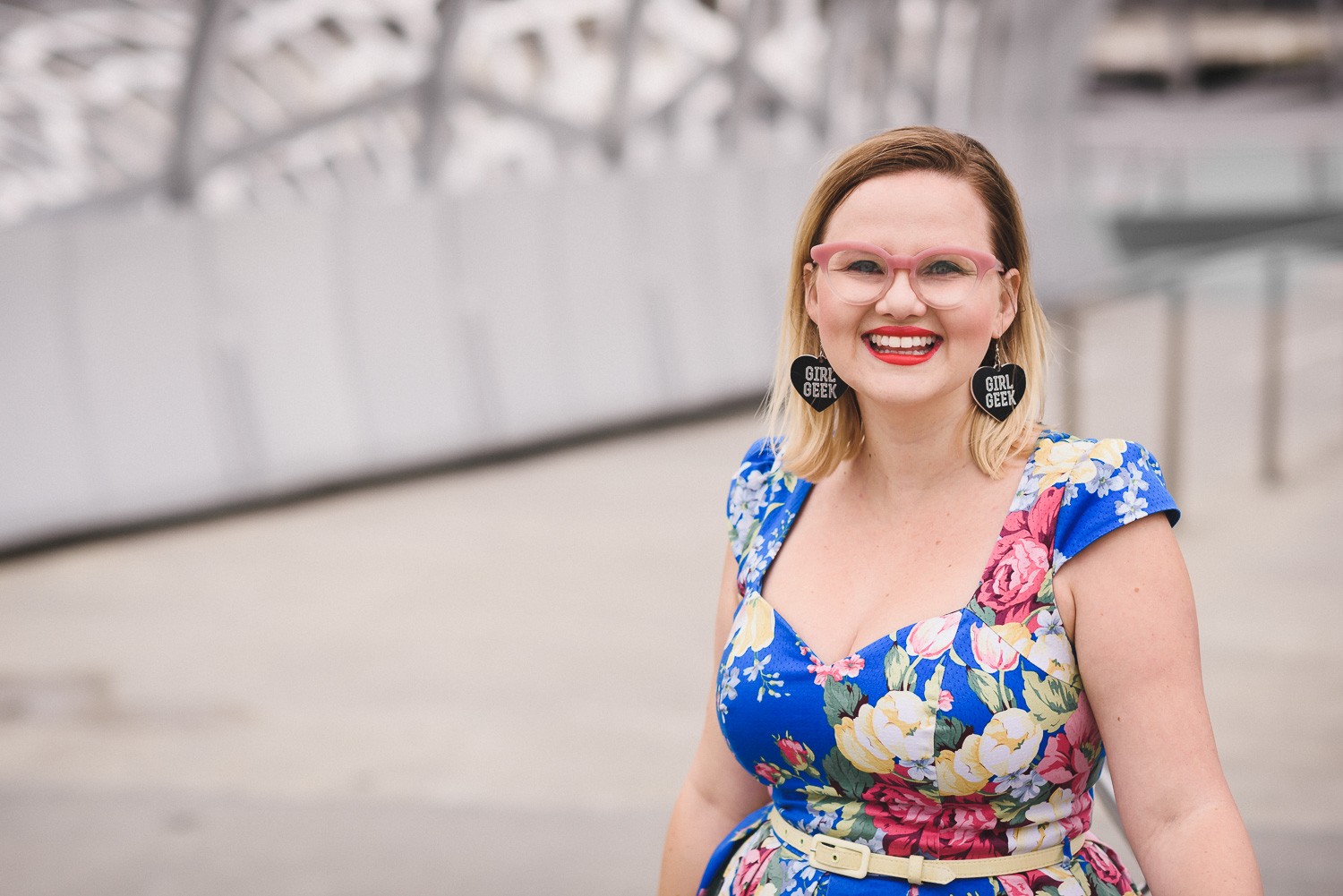Sarah Moran says every business needs three types of people. A hacker to code, a hipster to make it look good and a hustler to manage business development.
Now the CEO of Girl Geek Academy, Sarah has built a small army of hackers, hipsters and hustlers for a business which has a goal of teaching 1 million women tech skills by 2025.
As the head of a global movement encouraging women to embrace technology, create startups and build more of the internet, we sat down with Sarah to find out why and how she started this truly unique business that continues to go from strength to strength.
We are massive supporters of what you represent. What led to creating Girl Geek Academy?
A group of friends recognised we hated hackathons. Back then, they were stinky, full of men and it didn’t feel like the party we would want to have. We wondered if we were to have our own party … what might that look like?
So, we started #shehacks which retrospectively we realised was the only female hackathon in the world. It got to the point where there was only so much we could do if it was a side project.
I wanted to move to San Francisco and realised I wouldn’t be able to work on Girl Geek Academy time if I didn’t do it right there and then. I thought if I’m going to do this – I’m going to go all in.
How’d you fund it?
I went to San Francisco with Brisbane City Council’s Budding Entrepreneur Grant for another product we were developing at the time called Girl Geek Helpdesk.
I gave myself 12 months to get cash flow positive. But it wasn’t easy. My credit cards were on their full limit, I took odd jobs here and there, I lived on the couches of my friends. It’s not something I’d recommend, but I just told myself if it all didn’t work out, I’d just go and get a job in San Francisco or back in Australia.
So what was the scene like for you?
I went to San Francisco and got treated like dirt. I had an interview with a startup who my team and I really admired and the Senior Technical Recruiter said ‘I gotta hire 40 engineers by the end of the year, and I would love to hire more women but I don’t want to lower the bar.’
That was the first meeting I had after I landed and I needed a drink after that. I was in shock so I didn’t know how to respond, so I said nothing, kind of staring in disbelief.
The screwed up thing is he didn’t even realise he’d said something wrong. And that was just six months ago.
Wow. Was that the first time you’d experienced explicit sexism?
When I’ve worked in Australia, men have always encouraged me. So, when I went to San Francisco, I was shocked. It was really horrible at first.
I thought I’d grow Girl Geek Academy from San Francisco. Given they have such a gender diversity problem, they have the most people we could sell our products to, right? After those meetings, we looked back and realised in Australia, due to all of the corporate and local support to change the ratio, we had a much bigger opportunity on our hands to develop our product.
Are you saying we don’t have an issue of gender diversity here in Australia?
Australia has issues: but the crucial difference is most of us want to fix that. I don’t believe San Francisco’s tech community even want to fix them.
Lots of companies in Australia, big and small, have demonstrated a strong commitment to achieving gender equality. That was definitely a major drawcard in returning.
Why do you think that is? Is it so outnumbered it kind of becomes self fulfilling?
16% of Google’s engineers are women, so the vibe in San Francisco very much is, ‘well if Google can’t achieve gender parity, what hope do we have?’ It’s nuts.
It actually proved to us (Girl Geek Academy Co-Founders) that what we’re doing is really important. It was really reaffirming.
Was there a catalyst that led you to pursue this kind of work?
I think there’s a point in every woman’s life when you go through a stage of grief and realise: my life is great, but oh my GOD it could have been so much better if I was given the same opportunities without the impact of my gender. The gender pay gap might not seem like much to some but if you do the math, it’s actually huge.
Add to the fact women’s pay peaks at age 39 while men’s salaries continue to grow until age 48 and you’re looking at real financial differences.
Plans for the future after you’ve achieved global domination?
Our goal is always to teach as many people how to build technology so they can teach others. Teaching is the most sustainable way to share knowledge and if you can bring others along on the journey by upskilling them, accept lessons from those you admire and also recognise you’re a role model for someone else behind you: then, my work is kicking goals.
Connect with Sarah Moran here.
Check out what the Girl Geek tribe are doing for the future of females in tech here.
Images by Breeana Dunbar Photography.




